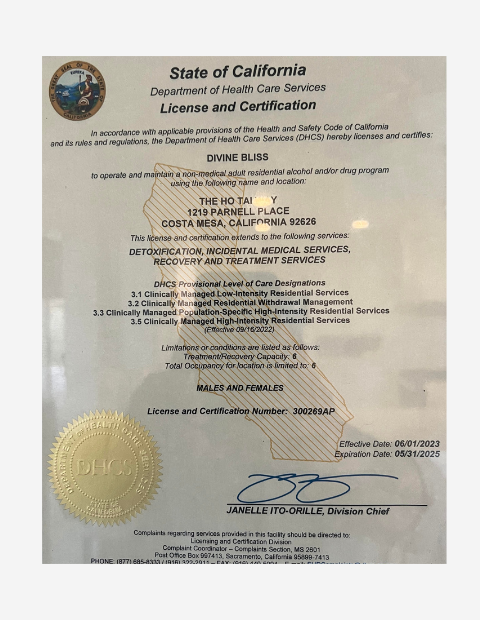Exploring different types of therapy is crucial for women because it allows for personalized treatment. Women may face unique mental health challenges due to biological, social, and cultural factors. Tailored therapy can effectively address specific issues like postpartum depression, trauma, or societal pressures. Diverse therapeutic approaches ensure that each woman finds the most suitable and effective path for her mental health journey.
An effective and comprehensive mental health treatment plan will utilize multiple modalities, narrowed down based on a person’s circumstances and symptoms. Therapeutic approaches differ widely from cognitive-behavioral therapy (CBT) to immersive group sessions.
Modern talk therapy was developed over decades based on psychotherapy, a 19th-century psychiatric practice that first entertained the idea that our behaviors and habits stem from unconscious memories and experiences. While many of the early theories that informed psychotherapy have become outdated or debunked, the continued research into the connection between consciousness and subconsciousness, cognition, and behavior has shaped our current approach to talk therapy as a tool for addressing mental health issues.
Why Do We Need Therapy?
Most mental health problems are biopsychosocial, meaning that multiple dependent and independent factors play a role in how and why certain thought processes and behavioral changes occur. A person is rarely just depressed because depression runs in the family. There are many certain environmental and experiential triggers and factors that informed and led to more and more cumulative stress and signs of depression.
There’s an inverse to this, as well, in the form of protective factors. People can become more resilient and less likely to struggle with their mental health in a positive and productive environment, where they become aware of and secure in their self-worth and can regularly affirm their positive worldview through acts of gratitude.
Past a subjective point determined by signs of personal dysfunction, however, behavioral and mental changes become characterized as a mental health disorder requiring treatment. It’s at this point that a person can no longer cope with their stressors and needs help. Therapy is often the frontline treatment for most mental health issues, sometimes in conjunction with medication. Here are some of the most common forms of talk therapy and how they work.
Cognitive Behavioral Therapy (CBT)
Regarding talk therapy, cognitive behavioral therapy (CBT) is among the most common and most researched types. CBT is focused on understanding and altering patterns of thinking and behavior through the feedback loop between thoughts and actions. In most cases, CBT focuses on identifying and dealing with negative thought patterns.
In addition to identifying negative thinking patterns, CBT helps individuals develop coping strategies, reframe perspectives, and manage challenges more effectively to build mental resilience. CBT follows a framework but is adapted to a patient’s needs. There are mental exercises and milestones in treatment, and it is a highly structured, goal-oriented, and typically time-limited treatment form, making it effective for various mental health issues like depression, anxiety, PTSD, and more.
Psychodynamic Group Therapy
Psychodynamic group therapy focuses on enhancing self-awareness and relationships through positive support and feedback, explorations of unconscious thought, interpersonal skill-building, and the transference and countertransference of feelings from past relationships onto therapists or group members, to facilitate mental healing.
Interpersonal Therapy (IPT)
Interpersonal therapy is a short-term treatment program that focuses on managing acute and sudden depressive symptoms and improving interpersonal communication. In interpersonal therapy, a therapist engages with their patient empathically, builds rapport, and then discusses the patient’s mental health issues in the context of a treatable medical condition rather than a personal failing or fault.
Dialectical Behavior Therapy (DBT)
Dialectical behavior therapy (DBT) shares some similarities with cognitive behavioral therapy (CBT) but has distinct features. Developed to treat conditions that do not respond to other forms of treatment, especially with high suicidality, DBT integrates cognitive-behavioral techniques with the Eastern concepts of Zen, self-acceptance, and dialectics.
While CBT focuses on identifying and altering negative thought patterns, DBT emphasizes acceptance and validation of one’s experiences while simultaneously working towards change. DBT evolved in response to patients who could not identify with the positive reinforcement prevalent in CBT and needed to focus on learning to accept their circumstances or thoughts.
Throughout treatment, DBT involves four key components:
- Mindfulness – Focuses on being present in the moment, observing thoughts and feelings without judgment.
- Emotion Regulation – Focuses on managing intense emotions and developing healthier coping methods.
- Interpersonal Effectiveness – Focuses on communication skills, assertiveness, and relationship management.
- Distress Tolerance – Focuses on methods to tolerate and survive crises without worsening situations.
Eye Movement Desensitization and Reprocessing (EMDR)
Eye movement desensitization and reprocessing (EMDR) is a unique form of talk treatment. It still utilizes many of the lessons learned and developed in other talk therapy methods, especially exposure therapy and CBT. However, it utilizes bilateral stimulation to reduce the emotional intensity of a session. It’s a talk therapy technique primarily used to treat trauma-related disorders, such as post-traumatic stress disorder (PTSD) and severe anxiety disorders.
During EMDR sessions, patients recall distressing memories while focusing on external stimuli such as eye movements, taps, or sounds. This bilateral stimulation helps process traumatic experiences, reducing their emotional intensity and helping patients reframe those memories in a less distressing way.
The therapy involves a structured eight-phase approach, which includes history-taking, preparation, assessment, desensitization, installation, body scan, closure, and reevaluation.
Psychedelic Integration Therapy
Psychedelic integration therapy utilizes existing talk therapy frameworks. It includes the highly controlled and specialized use of certain psychedelics to heal from trauma, much in the same way that bilateral stimulation during EMDR can help reduce the emotional impact of remembering past experiences during a healing session.
A common example of psychedelic integration therapy involves the treatment of depression with ketamine, a mildly psychedelic anesthetic. Psilocybin has also been successfully utilized in studies treating PTSD and depression. The context and setting of a therapist’s office is a crucial part of psychedelic integration.
The Ho Tai Way specializes in providing comprehensive treatment plans for women in all stages of life. Our programs are designed to support women in need of a step-by-step process for treating and overcoming depression, anxiety, and addiction. We offer a detox program for women, women’s residential treatment, and a holistic approach to treatment, combining a myriad of therapies to tackle mental health problems.
Learn more about our addiction recovery for women and our gender-responsive treatment plans here at the Ho Tai Way.









